Chestnuts, with their rich, earthy flavor and versatile culinary applications, have been a beloved ingredient in kitchens across the globe for centuries. From roasted chestnuts sold on street corners in winter to their integration into soups, stuffings, and desserts, these nuts offer a unique texture and taste that few other ingredients can replicate. However, one question has long divided home cooks and professional chefs alike: Should chestnuts be boiled in cold water or hot water? This article delves into the science, techniques, and cultural practices surrounding this debate, offering insights to help you achieve perfectly cooked chestnuts every time.
The Basics of Boiling Chestnuts
Before diving into the cold-versus-hot-water controversy, it’s essential to understand why boiling is a preferred method for preparing chestnuts. Unlike roasting, which caramelizes the nuts’ natural sugars and intensifies their flavor, boiling softens the chestnuts’ fibrous flesh while making their notoriously stubborn shells easier to remove. This method is particularly useful for recipes that require smooth, creamy textures, such as purees, soups, or Mont Blanc desserts. However, the choice of water temperature can drastically affect the outcome, influencing everything from texture and flavor to peeling ease.
The Case for Cold Water: Gentle Cooking, Even Results
Advocates of the cold-water method argue that starting chestnuts in room-temperature water and gradually bringing it to a boil ensures even cooking. This gradual heating process allows the chestnuts’ flesh to soften uniformly, reducing the risk of uneven textures—a common issue when using hot water. Here’s how it works:
- Scoring the Shell: Before boiling, each chestnut must be scored with a sharp knife or chestnut cutter. This step is non-negotiable, as it prevents the nuts from exploding under pressure and facilitates peeling.
- Slow Immersion: By placing scored chestnuts in cold water and then heating the pot, the nuts adjust to the rising temperature, preventing sudden shocks that might toughen the flesh.
- Simmering Phase: After reaching a boil, reducing the heat to a simmer allows the chestnuts to cook gently. This method is often cited as preserving the nuts’ natural sweetness, as slower cooking minimizes the loss of volatile flavor compounds.
Proponents also claim that cold-water boiling makes peeling easier. As the chestnuts cook, the shells absorb moisture, softening and separating slightly from the flesh. This can reduce the frustration of wrestling with stubborn, papery skins that cling to the nut meat.
The Argument for Hot Water: Speed and Efficiency
On the flip side, many chefs swear by the hot-water method, which involves submerging scored chestnuts into already boiling water. This approach is lauded for its speed and efficiency, cutting cooking time by nearly half compared to cold-water methods. Here’s why some prefer it:
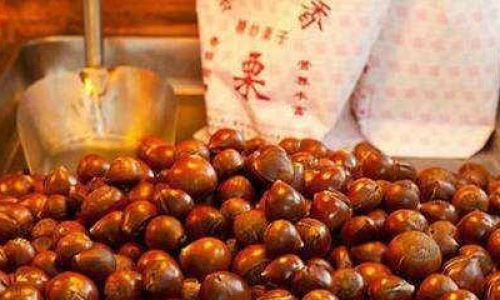
- Rapid Cooking: Hot water jumpstarts the cooking process, denaturing proteins and softening cell walls more quickly. This is ideal for time-sensitive recipes or busy kitchens.
- Texture Control: Some argue that hot water better preserves the chestnuts’ firmness, preventing them from becoming overly mushy. This can be advantageous for dishes requiring intact nut pieces, such as stuffings or salads.
- Shell Separation: While cold-water advocates claim easier peeling, hot-water proponents argue that the sudden heat causes the shells to contract rapidly, creating small air pockets that loosen the skin.
However, this method demands strict timing to avoid overcooking. Leaving chestnuts in boiling water for too long can result in a waterlogged texture, diluting their distinct flavor.
The Science Behind the Shell
To understand why water temperature matters, it’s crucial to examine the chestnut’s anatomy. Each nut is enclosed in a hard, leathery shell protected by a thin, bitter skin called the pellicle. The goal of boiling is to soften the shell and pellicle without compromising the flesh’s texture.
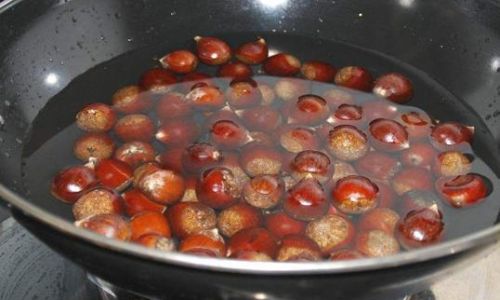
- Cold Water: The gradual temperature rise allows heat to penetrate the shell and flesh evenly. This slow process gives enzymes time to break down tough fibers, resulting in a creamier texture.
- Hot Water: The rapid heat shock causes the shell’s outer layer to expand faster than the inner flesh, creating micro-fractures that may ease peeling. However, uneven heating can lead to a gradient where the exterior cooks faster than the center, risking uneven doneness.
Peeling: The Ultimate Challenge
Regardless of the method, peeling chestnuts remains a notoriously tedious task. Both approaches have their quirks:
- Cold-Water Peeling: After simmering, chestnuts are often left to steam briefly off the heat. This allows residual moisture to further loosen the shells. Some cooks even wrap them in a towel to trap steam, making peeling easier.
- Hot-Water Peeling: Immediate peeling after boiling is critical here, as the shells can harden again if left to cool. Working in batches and keeping the nuts warm (e.g., in a clean kitchen towel) can aid the process.
Common Mistakes and How to Avoid Them
- Inadequate Scoring: A shallow cut won’t suffice. The shell must be penetrated deeply enough to allow steam to escape.
- Overcrowding the Pot: Chestnuts should be submerged in a single layer to ensure even cooking.
- Ignoring Salt or Additives: While optional, adding a pinch of salt or baking soda to the water can enhance flavor and soften shells further.
- Patience: Rushing the peeling process often leads to frustration. Allowing chestnuts to cool slightly (but not completely) after boiling can make the task more manageable.
Cultural Perspectives
The cold-vs.-hot-water debate also reflects regional culinary traditions:
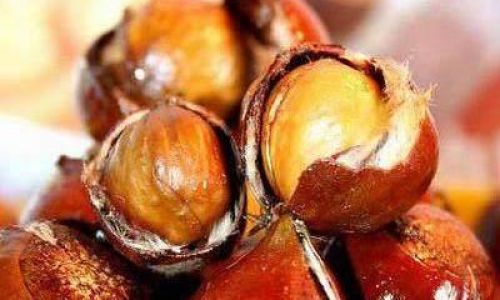
- Italian Method: In Tuscany, cold-water boiling is favored for castagne in umido (stewed chestnuts), where slow cooking meld flavors with herbs and tomatoes.
- Japanese Approach: In Kyoto, chestnuts are often boiled in hot water before being candied, a technique that preserves their shape for decorative dishes.
- American South: Some Southern recipes call for parboiling chestnuts in hot water before frying, a method that balances texture and crispiness.
Beyond Boiling: Alternative Cooking Methods
While boiling is excellent for peeling and softening, other techniques offer different results:
- Roasting: Enhances flavor through caramelization but requires pre-boiling for easy peeling.
- Microwaving: A quick hack where scored chestnuts are microwaved in short bursts, though results can be inconsistent.
- Pressure Cooking: Reduces cooking time significantly, using steam to soften shells rapidly.
Recipes to Try
- Chestnut Soup: Simmer boiled chestnuts with onions, celery, and vegetable stock, then blend until smooth. Finish with a drizzle of truffle oil.
- Mont Blanc Dessert: Puree boiled chestnuts with vanilla and cream, then pipe into a swirl over meringue.
- Stuffing: Mix diced boiled chestnuts with breadcrumbs, herbs, and sausage meat for a festive side dish.
Conclusion: Finding Your Perfect Method
The debate between cold and hot water boiling ultimately boils down to personal preference and intended use. Cold-water methods shine in recipes where creaminess and even texture are paramount, while hot-water techniques suit those prioritizing speed and firmness. Experimentation is key—try both methods with different recipes to discover what works best for you.
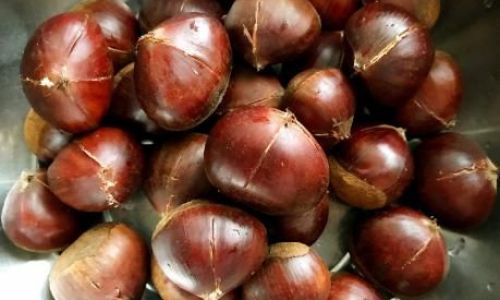
Whether you’re a traditionalist swearing by the slow simmer or a modernist embracing rapid results, one truth remains universal: perfectly cooked chestnuts are a testament to patience, precision, and the simple joy of turning a humble nut into a culinary masterpiece. So next time you face a batch of prickly chestnuts, remember—the choice of water is yours to make.
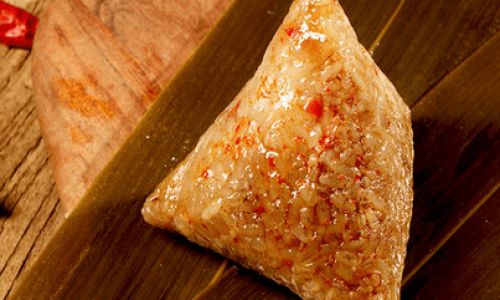
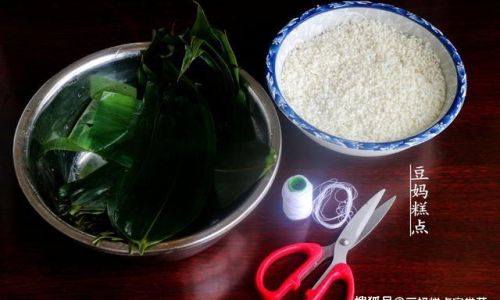
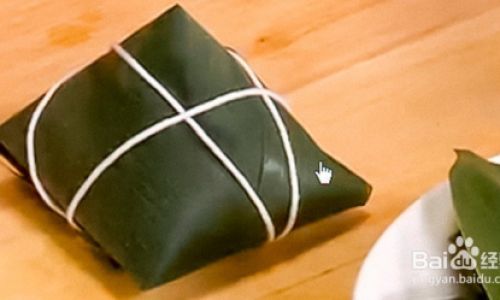

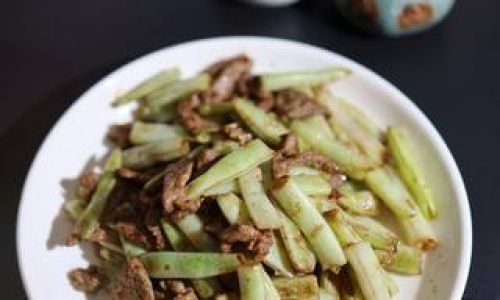
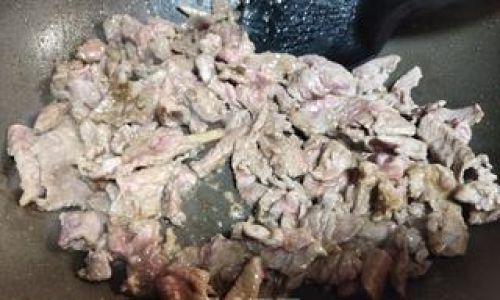
0 comments